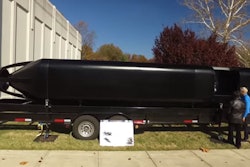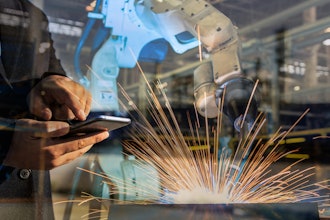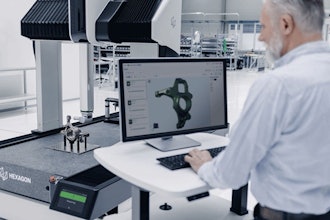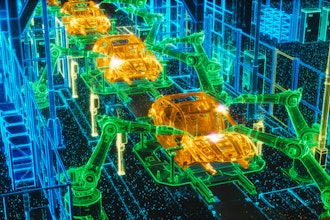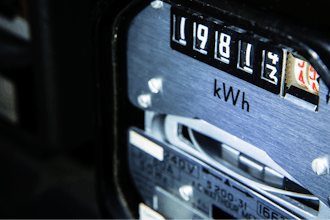A Robotic Water Snake
Animal-inspired robots and drones are nothing new in the world of high-tech product design and development. And no one knows that better than the robotic researchers at Switzerland’s EPFL, a team that has manufactured everything from robotic grasshoppers to turtles and even a crocodile.
Their latest creation is a robotic water snake called the Envirobot, an impressively creepy five-foot-long robot designed to literally snake through contaminated water to find sources of pollution.
Envirobot can be controlled remotely or operate autonomously in the water and is made up of individual modules each containing a small electric motor. These motors affect the robot’s curvature, which enables it to move smoothly on top of the water. The modules also contain sensors to measure anything from conductivity to temperature, while also housing storage for water to flow in and act as biological sensors.
Currently, Envirobot is still being tested, with the latest trial conducted in Lake Geneva.
SO, WHAT DO YOU THINK?
Can you imagine how Envirobot might come in handy in the industrial manufacturing space? Tweet me your thoughts @MnetNews or leave your comments in the section below.
4D Robot Vision
Robots have long struggled with using cameras built for humans to navigate the world. However, robots don’t need to see the way we do, so why not design a camera just for them?
And that’s just what Stanford scientists have done. Engineers recently unveiled a 4D camera that can capture nearly 140 degrees of information in a single image. The single lens camera uses light field technology — collecting information on the direction and distance of light hitting the lens — to make the resulting image four dimensional.
Researchers say the innovation could be used for imaging systems in wearables, robotics, autonomous vehicles and VR. And since the camera is designed to improve close-up images, it could be particularly useful for robots that have to navigate small areas, landing drones and self-driving cars.
The team compares the image from the new camera to looking through a window versus a peephole.
The camera is currently only a proof-of-concept, but researchers plan to create a prototype small enough to test on a robot.
SO, WHAT DO YOU THINK?
Do you think this new 4D camera could improve the way robots and self-driving cars navigate the world? Tell us your thoughts in the comments below.




